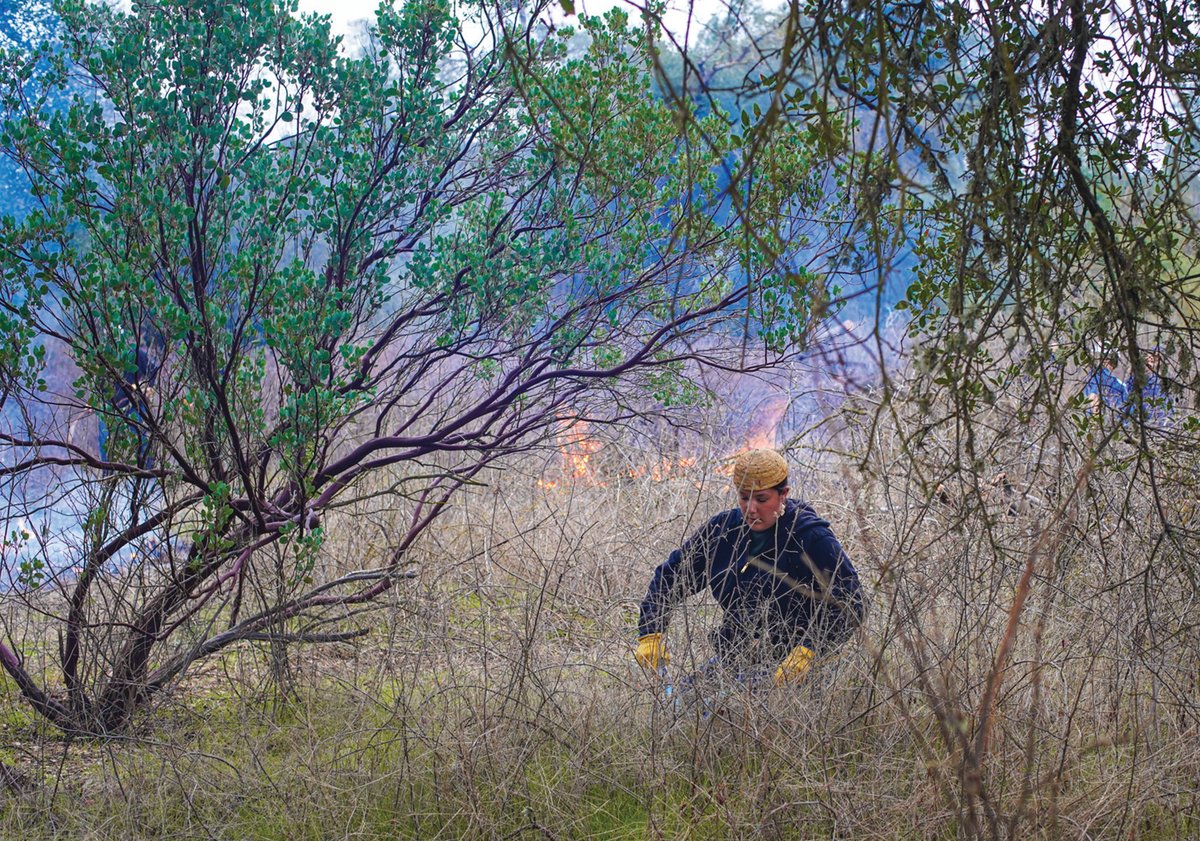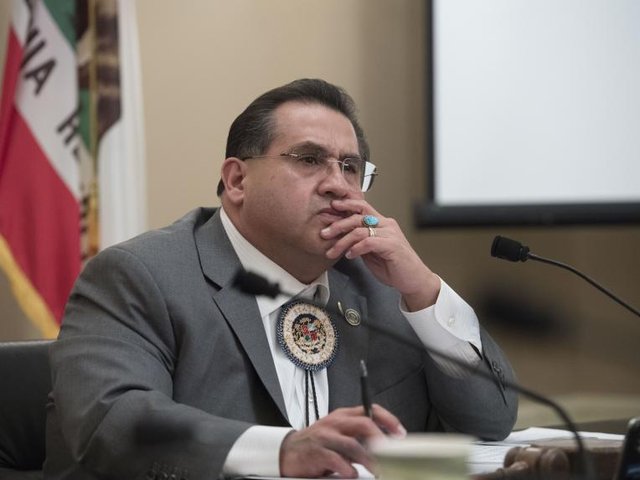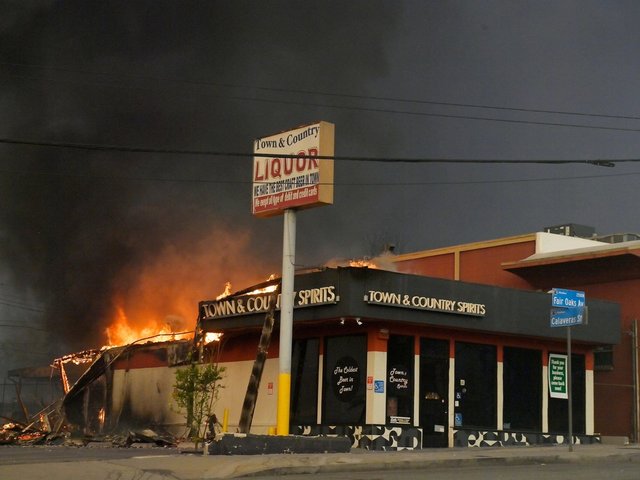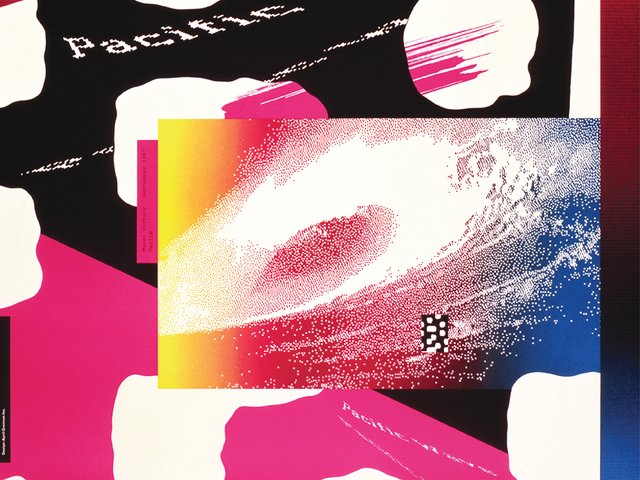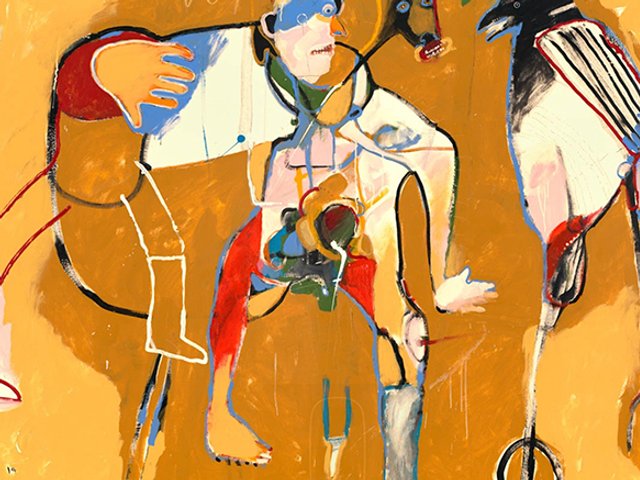The Fowler Museum at the University of California Los Angeles had big plans for the second weekend in January: a large public celebration for the opening of its second PST Art show, featuring a welcoming ceremony by Native Americans from four tribes. Instead, the raging Palisades fire moved so quickly toward the campus that the museum immediately shut down. The show did not open for another two weeks.
The great irony, or pointed tragedy, is that this Fowler exhibition, Fire Kinship: Southern California Native Ecology and Art (until 13 July), advocates for the use of planned burns to help recalibrate the ecosystem and reduce the risk of uncontrollable wildfires. Drawing on expertise from the Cahuilla, Tongva, Kumeyaay and Luiseño communities, the exhibition explores “a return to Native practices in which fire is regarded as a vital aspect of land stewardship, community well-being and tribal sovereignty”.
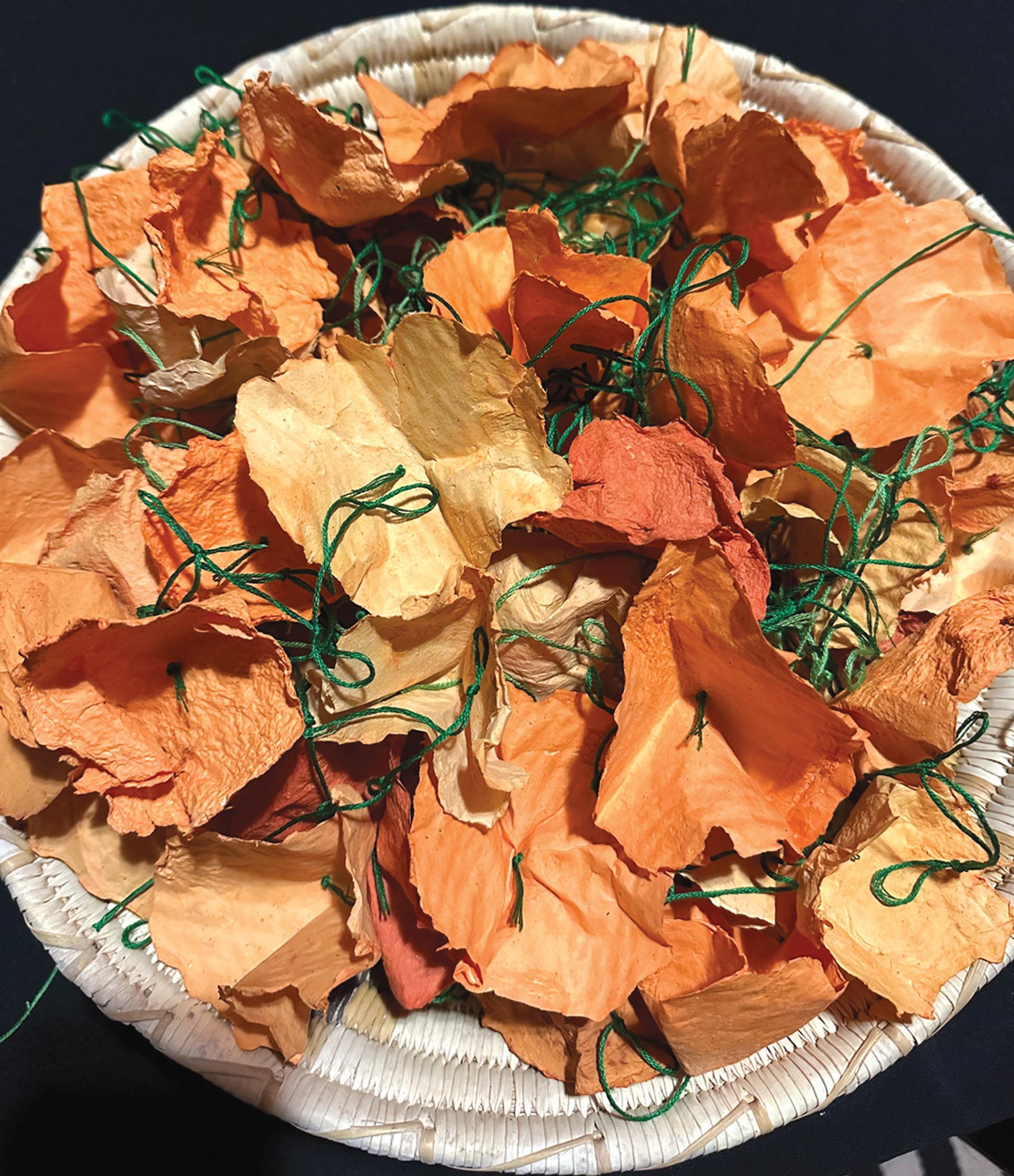
The exhibition at the Fowler Museum Leah Mata Fragua’s Yak Tityu Tityu Yak Tiłhini Northern Chumash (the sun is on the ground, 2024) Courtesy of the artist
Other cultural leaders in Los Angeles are also, in the aftermath of the devastating Palisades and Eaton fires, amplifying Indigenous approaches and voices. The week after the fires began, the artists and activists Lauren Bon (the founder of Metabolic Studio) and Patrisse Cullors (the founder of the Center for Art and Abolition) teamed up with the educator Marcos Aguilar (the co-founder of the Indigenous charter school Anawakalmekak) to circulate a petition urging policymakers at the municipal, state and federal levels to take “immediate action to address firestorm catastrophes in Los Angeles County”.
Top of their list was urging elected officials to integrate traditional ecological knowledge (known as TEK) into existing fire recovery and prevention plans, and “partner with Indigenous communities to implement restoration practices that align with natural systems, ensuring sustainable land and water governance for future generations”. The petition also called for creating a “Special Liaison for Land and Water Governance to oversee the integration of TEK and contemporary science into long-term strategies for fire prevention, water conservation and ecological resilience”.
Indigenous communities have been yelling into a vortex about how Los Angeles in particular is a tinderboxPatrisse Cullors, Center for Art and Abolition
“Indigenous communities have been yelling into a vortex about how Los Angeles in particular is a tinderbox,” says Cullors, who also co-founded Black Lives Matter. “This is an opportunity for us to listen to and join with Indigenous communities in this moment. This is a multi-racial, multi-generational coalition that needs to be led by Indigenous wisdom, but we all have to get on board to survive, as more fires are coming, more mudslides, more winds. If we don’t come together in this moment, we are going to lose everything.”
“It all comes down to advocacy for understanding that our ecological systems are living, breathing systems,” says Bon. Western knowledge, she says, “treats forests as separate from waterlands or wetlands, while it’s all a whole and people are a part of it. TEK is ultimately about the integration of knowledge, owning the complexity of these systems and how to be in the right relationship with our environment, none of which is currently how policy is formed.”
Living in balance
Their petition specifies some practical measures that could be implemented quickly, like rainwater collection and debris remediation, both of which Bon has already been doing at considerable scale at her Metabolic Studio.
How we can live in the future ought to take lessons from how people have survived for thousands of yearsMarcos Aguilar, educator
“How we can live in balance in the future ought to take lessons from how we know ancestrally people have survived on this land for thousands of years,” says Aguilar, who points to some progress on this front. For instance, members of Yurok nation in Northern California have, through local, state and federal partnerships, just succeeded in removing four dams from the Klamath River, considered the largest dam removal in history. They are now working on restoring the river habitat and its salmon population.
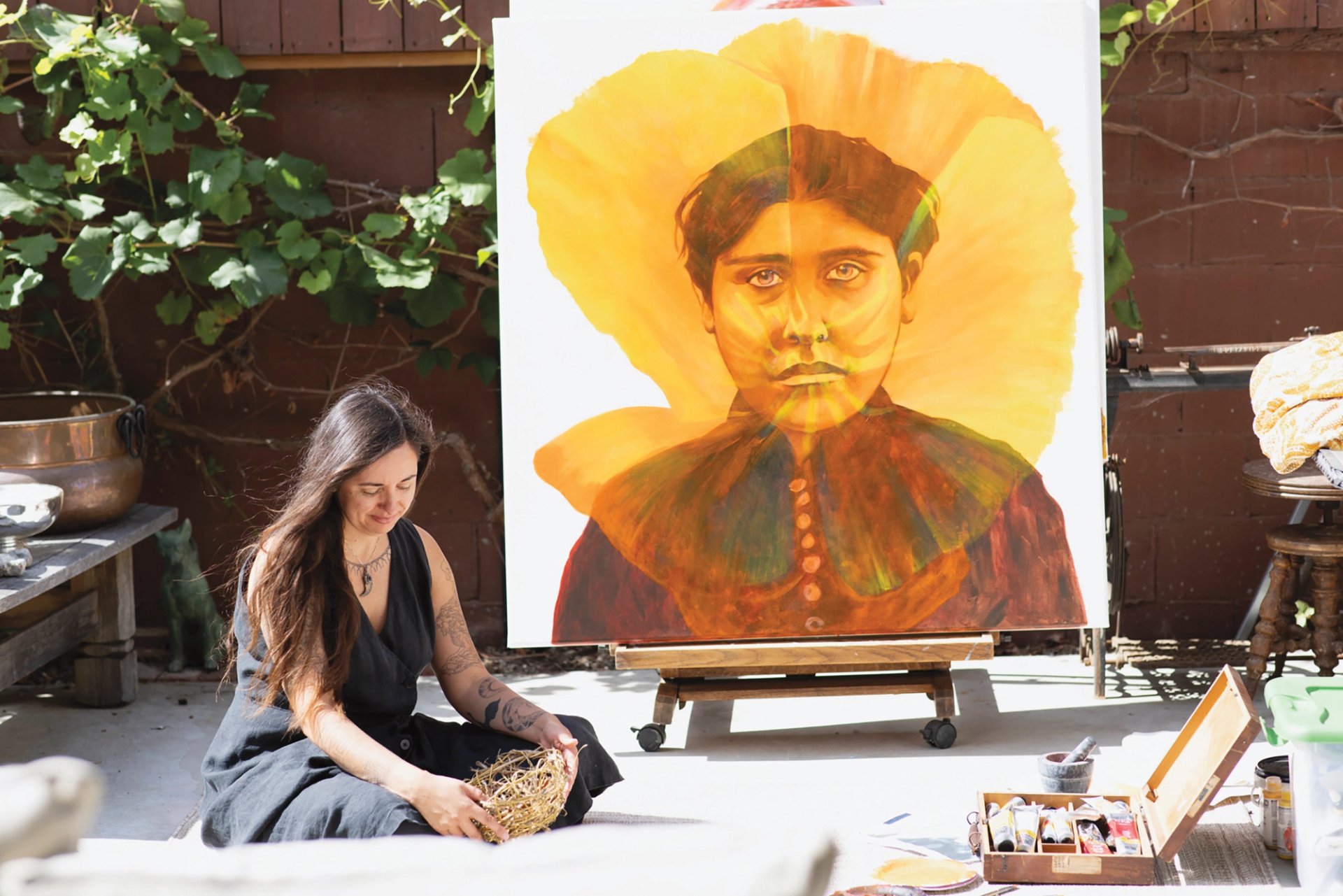
Weshoyot Alvitre, with her work CALIFORNIA NATIVE Dormidera #2: Modesta Avila (2023) Photo: Todd Westphal
But Aguilar points out that the Colorado River is still damaged by its diversion to places like Los Angeles, “impacting the Quechan, the Mojave, the Cocopah peoples—all the tribes at the lower end of Colorado River Basin”.
And the water is quickly drying up, he adds. “In Mexico and the pueblos, where there is no water because of a similar scenario, rivers that used to have crocodiles and floated boats no longer support that ecosystem; people are collecting rainwater in every house. These are the realities. Los Angeles has to brace itself for that reality.”
The main takeaway from the Fowler show is that small, planned burns, considered “cultural fires”, were an essential tool across many Native communities. People burned plants to produce more pliable and straight shoots for weaving; to stimulate plant growth; to foster biodiversity; to facilitate hunting by reducing undergrowth; to smoke out pests or destroy disease; and, anticipating the prescribed burns of today, to minimise the destruction wreaked by wildfires.
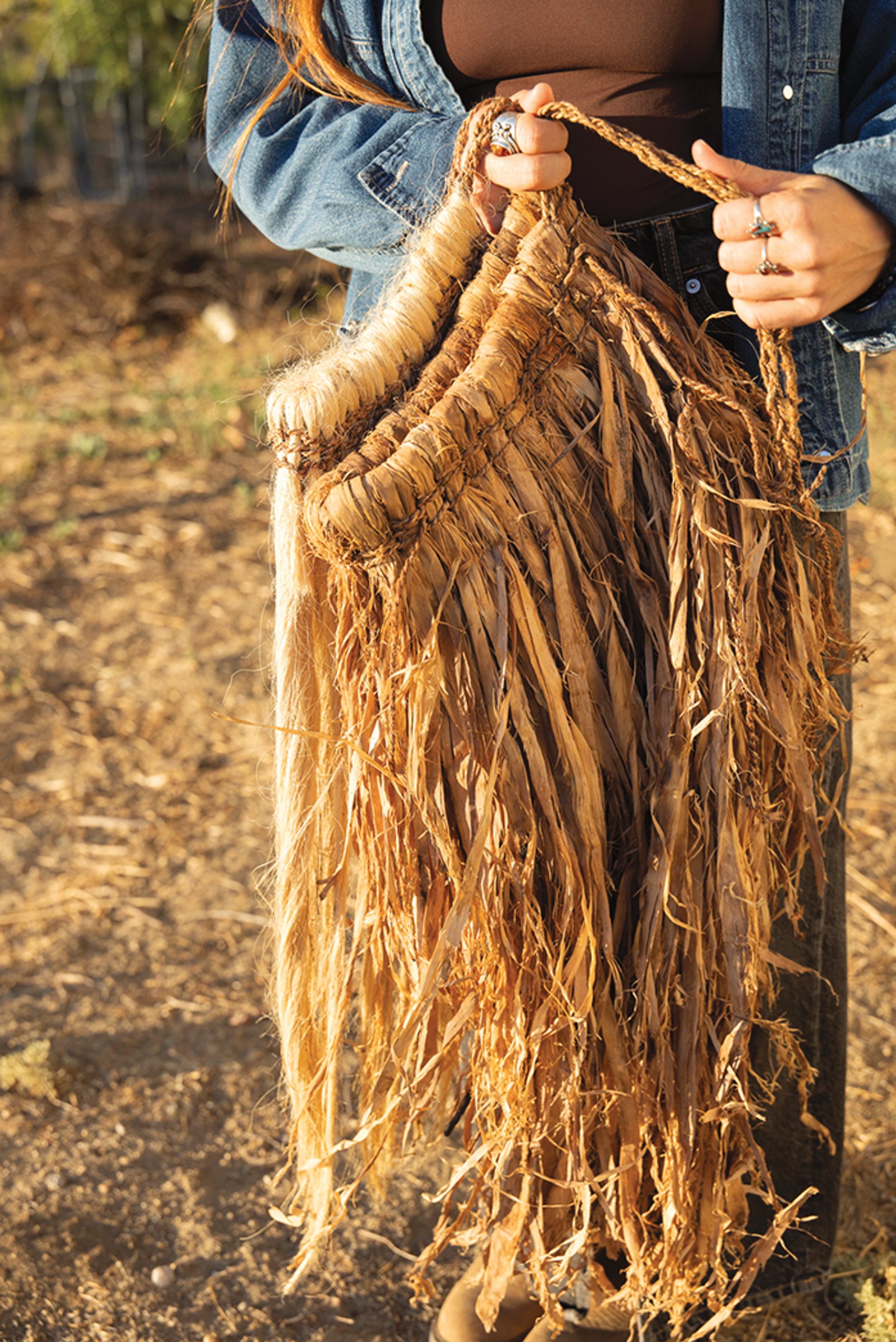
Summer Herrera with a Payómkawish ‘atáax skirt Photo: Todd Westphal
But, like so many powerful Indigenous traditions, these cultural burns were deemed threatening by colonisers, who tried to extinguish them. First came the Spanish missionaries, with the openly racist proclamation in 1793 by José Joaquín de Arrillaga prohibiting the igniting of fires near towns and “even at the most remote distances”, threatening “the most severe punishments” for anyone who disobeyed. Later, the state of California got involved, using its 1850 Act for the Government and Protection of Indians to criminalise “any person or persons [who] shall set the prairie on fire, or refuse to use proper exertions to extinguish the fire when the prairies are burning”. Since then, even with the use of prescribed burns, fire suppression has been the dominant US policy.
Sharing skills
With a history of land theft compounding this loss of traditional knowledge, some Native American communities are trying to resurrect and re-learn fire-tending practices. Many have participated in “prescribed fire training exchanges”, known as TREX, funded in part through the US Department of Agriculture’s Forest Service and the US Department of the Interior. (The Department of the Interior, under President Biden, also signed 400 co-stewardship agreements with tribes.) In 2016 came the first all-women TREX, and the Fowler has photographs and footage by Marlene’ Dusek showing members of a Karuk Women’s TREX (KWTREX) learning to engage with fire safely.
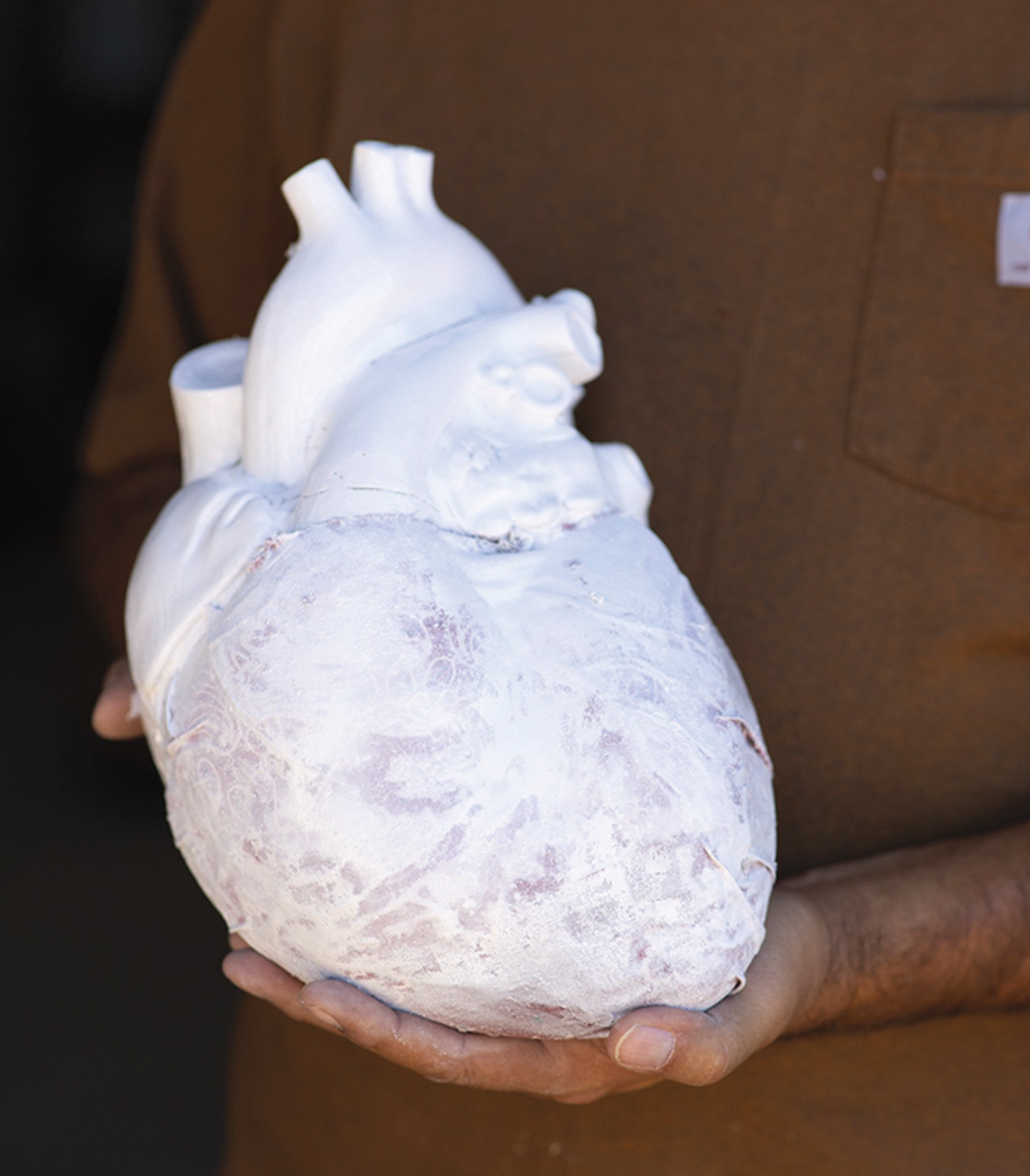
Gerald Clarke holds a model of a heart for his installation, The Heart is Fire Photo: Todd Westphal
Indigenous fire-tending skills are also taught at the Chief Yaa’aana Learning Village, 12 acres of land near Los Angeles that Aguilar helped to repatriate (he says “rematriate”) to the Gabrielino Shoshone Tribal Nation of Southern California in 2023. Of course, fire tending is on hold right now while the region is recovering from wildfires. “The smoke flume travelled directly over us for an entire week,” he says, adding that the village still has not received measurements of soil toxicity.
The lead curator of Fire Kinship, Daisy Ocampo Diaz, who is of Caxcan ancestry, says that her team did not change the content of the exhibition because of the wildfires, but they did add a prominent statement expressing gratitude to firefighters and sympathy for the victims. “It’s a conundrum, because on some level we are celebrating and reclaiming these fire practices, and at the same time we have to make sense of the loss and tragedy, which is kind of the flipped coin of this project.”
“We are embracing contradictions: we do need fire to fight wildfires,” she says. “That’s a tricky one to hold.”
• Fire Kinship: Southern California Native Ecology and Art, Fowler Museum at UCLA, Los Angeles, until 13 July


